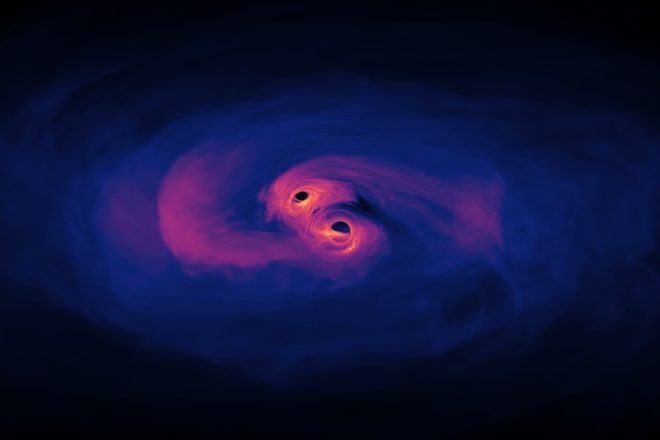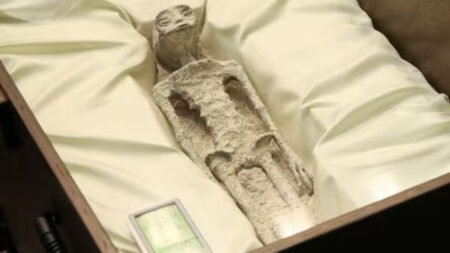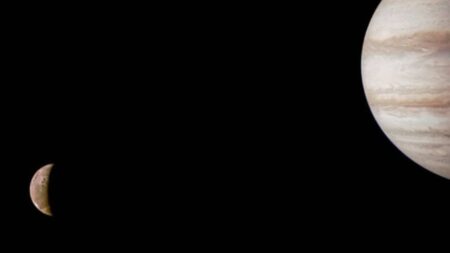NASA has released audio of the black hole in the center of the Perseus galaxy, which is more than 200 million lightyears distant from the Earth and has been captured by a spacecraft. The sound waves were captured by the Chandra X-ray Observatory, a space telescope, as astronomical data, which was then converted into sound.

In a statement, NASA noted that “since 2003, the black hole in the centre of the Perseus galaxy cluster has been related with sound.”
“This is because scientists found that pressure waves emitted by the black hole generated ripples in the heated gas around the cluster, which could be translated into a note – one that humans cannot hear since it is 57 octaves below middle C.”
There is a common fallacy that there is no sound in space because there is no medium through which sound waves may travel. Scientists at the space agency discovered that the heated gas enveloping Perseus, a cluster of galaxies 11 million light-years across, could be converted into sounds. This gas, which surrounds hundreds of thousands of galaxies, serves as a medium for sound waves to flow through and between them.
For the sonification, NASA “scaled them upward by 57 or 58 octaves” above their original pitch in order to bring the soundwaves within the human hearing range.
In prior attempts at sonification of astronomical data from the observatory, other musical instruments, such as violins, were used to replicate the sounds.
“Another way to phrase it is that they are being heard at frequencies that are 144 quadrillions and 288 quadrillion times higher than their initial frequency,” NASA stated of the process.
The sound was published to coincide with NASA’s Black Hole Week and was featured in the organization’s Universe of Learning programme.
NASA is also releasing a new sonification of another black hole, this time from the perspective of a whale. The black hole in Messier 87, often known as M87, has been studied for decades and acquired notoriety when the first data from the Event Horizon Telescope project was released in 2019. Although the new sonification does not include data from the EHT, it does include data from other telescopes that viewed M87 on considerably larger scales at around the same time.













